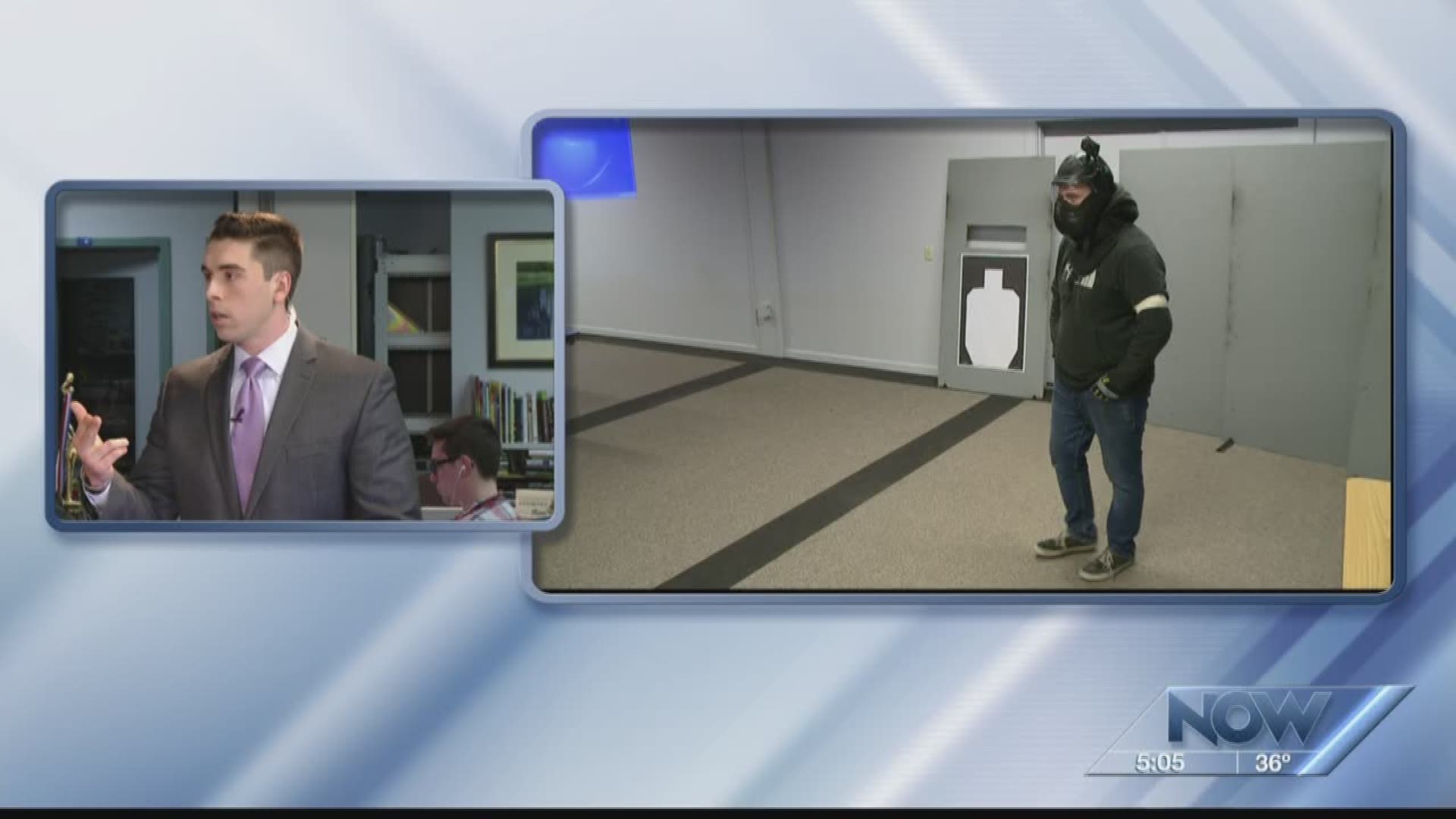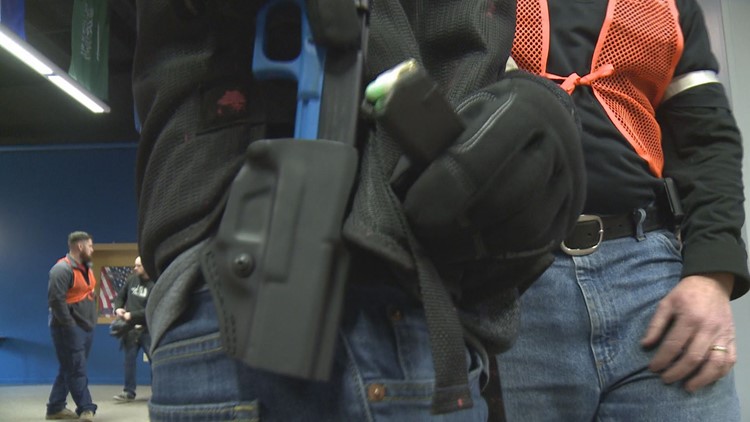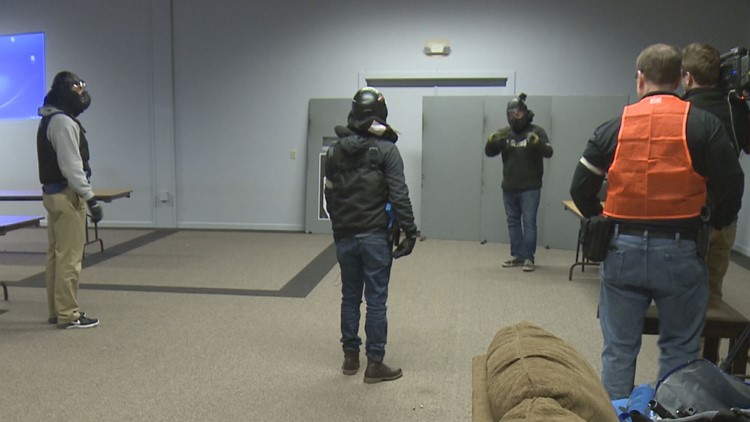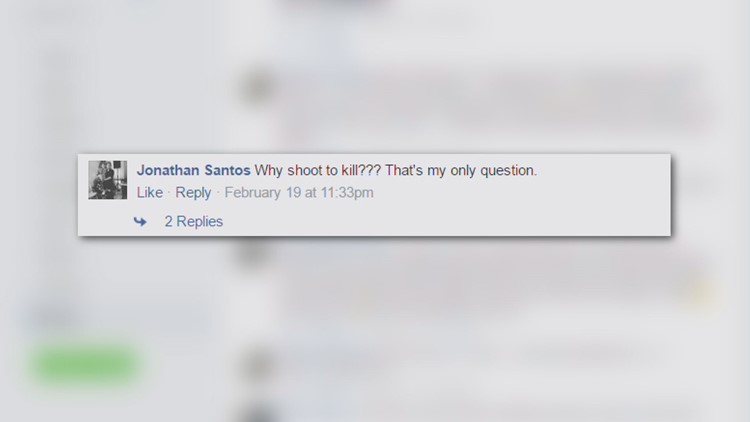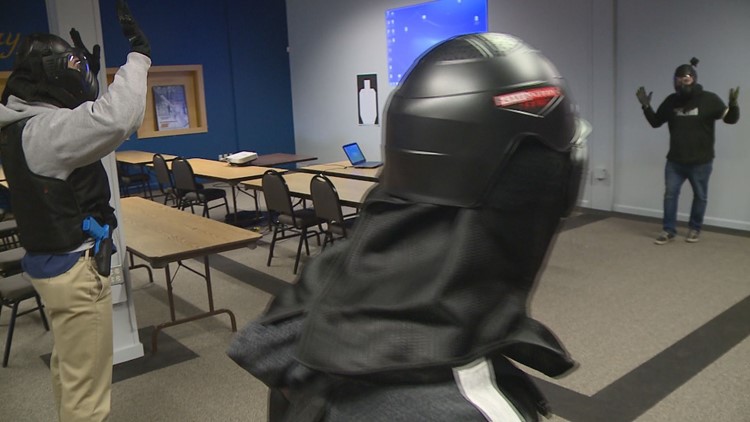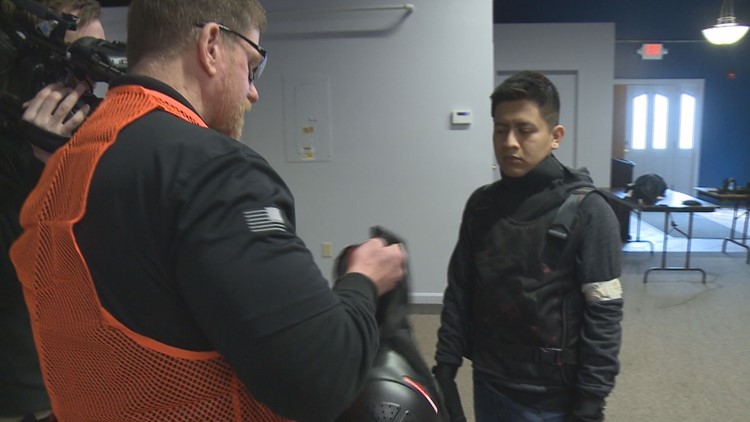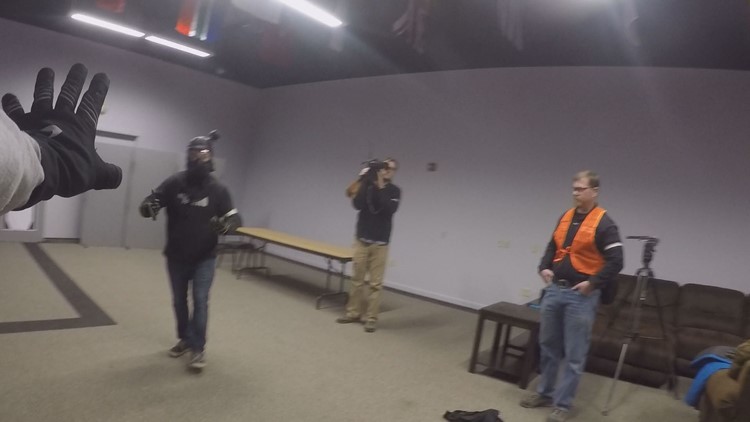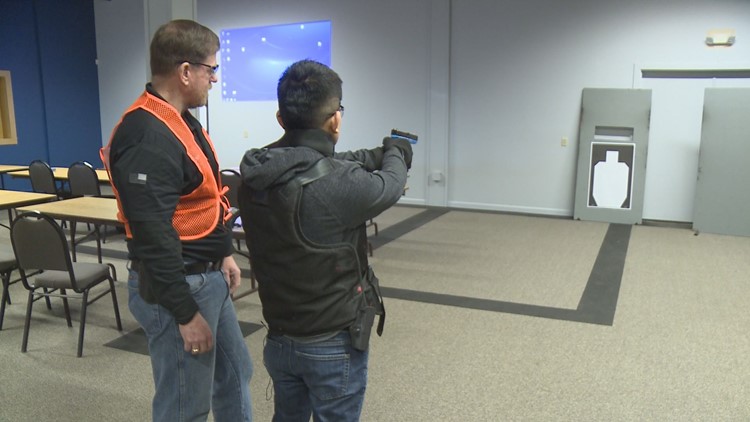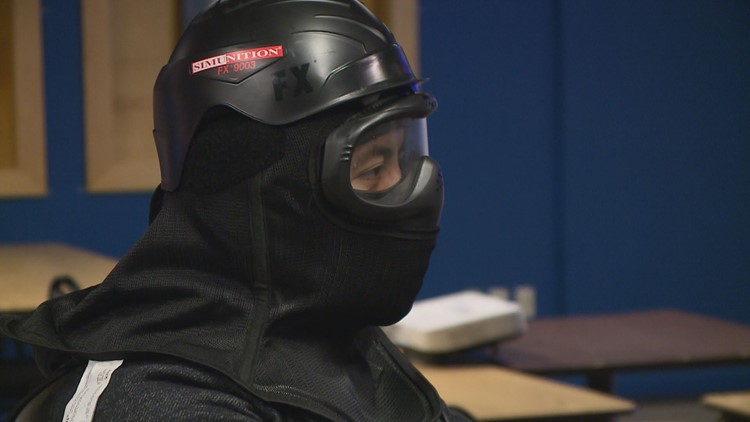WINDHAM, Maine (NEWS CENTER) -- In an effort to learn more about the split-second decision police officers face when dealing with someone who is armed with a gun, NEWS CENTER brought a viewer to the Windham Indoor Shooting Range.
Jonathan Santos, a 22-year-old who lives in Gorham, was one of dozens of people unsure about when and why police have to use deadly force. In a string of Facebook comments surrounding February's officer-involved shooting in Portland, many suggested that officers can shoot to wound instead of to kill.
"At that point I was just wondering why? And a lot of people had that same question," said Santos.
Peter Joyce, the training and operations manager at the Windham Indoor Shooting Range, is a 26-year-veteran of the Portland Police Department, and created the department's Special Reaction Team.
"Officers shoot to stop the threat," said Joyce. "98 to 99 percent of officers don't remember seeing their [gun's] sights or using their sights [in combat situations]."
Joyce said officers experience high levels of stress during those situations.
"Accuracy is affected severely by that stress level," said Joyce.
Shoot or don't shoot photos
Santos volunteered to take part in an armed subject simulation. Joyce said it is the same type of training used at the Maine Criminal Justice Academy. He was face to face with another human, both dressed in protective gear, both using handguns with "bullets" filled with detergent that travel at roughly 400 feet per second, instead of the 2800 feet per second that a modern firearm shoots.
"We're always reacting so that puts us behind the eight ball," said Joyce.
Joyce put Santos through six different scenarios where Santos had to try to diffuse the situation. In each scenario, the subject was non-compliant, and in most cases drew a weapon. Santos, in turn, drew his and almost always returned fire.
"Why not [shoot them in] the leg? Because there's no time to think about it," said Santos. "You can go through so much training and right at that moment, all that training is gone I guess."
"If you make a mistake, what's the price?" said Joyce. "Police use the tactics they do because of learning from situations where officers lost their lives. They're learning from what didn't work."
Santos said the experience changed his mind about how officers operate in these situations.
WATCH: BONUS scenarios that Chris encountered
"I know at the moment they put their hand on the gun, that something is going to happen. they know someone might be hurt. someone might be dead," said Santos. "After all that is done, yeah, they killed somebody, they end somebody's life. They also protect a lot of people. They save a lot of people. But that's still with them. They're going to carry that for the rest of their life."


